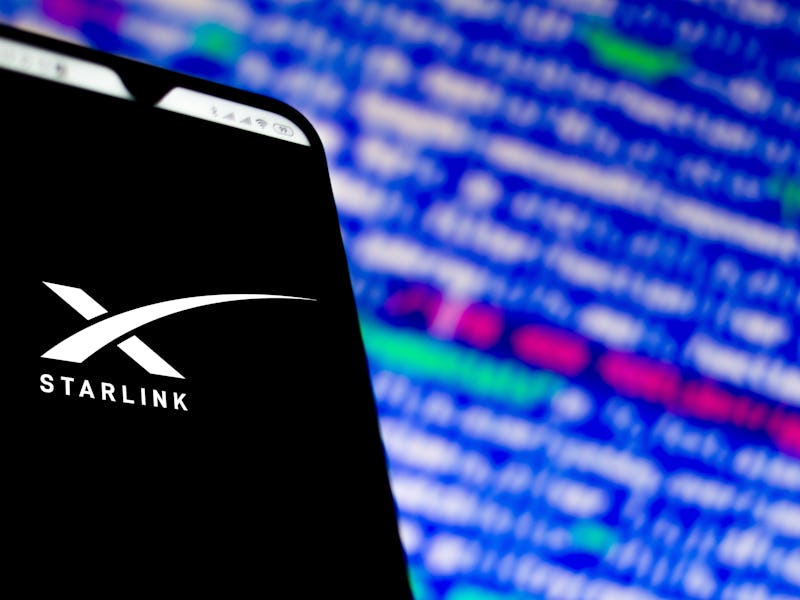SpaceX Starlink beta test: hands-on emerges ahead of launch
SpaceX's internet connectivity constellation has taken another step toward reality.

Starlink, SpaceX's internet connectivity constellation, is being put through its paces ahead of an expected beta test.
On Friday, SpaceX board director Steve Jurvetson shared via Twitter that he had tried out the planned satellite internet service, visiting the firm's headquarters and setting up a terminal to connect with the overhead satellites. Jurvetson's shared image shows an iPhone detecting five Starlink Wifi networks.
Jurvetson explained that each network was a different terminal, plugged in at around the same time to see who could get connected first. A further four terminals were "still in boot-up and satellite acquisition mode" when the image was taken. Unfortunately, Jurvetson wrote that he would not be sharing images of the terminals "nor the multiple speed tests I ran."
Jurvetson's tweet.
Speed may be unknown – SpaceX has previously claimed it's aiming for gigabit speeds – but latency may have become clearer. In response to Jurvetson's post, CEO Elon Musk revealed its latency will be lightning-fast:
"Around 20ms. It’s designed to run real-time, competitive video games. Version 2, which is at lower altitude could be as low as 8ms latency."
Musk's tweet.
The experience shows how SpaceX is testing its service ahead of a wide rollout. The company has so far launched 538 production design satellites for its constellation, sending up the first batch of 60 in May 2019. The most recent launch, on June 13, sent up a further 58 craft alongside three third-party satellites. It is the biggest constellation in orbit, but SpaceX plans to go further and has applied for permission to launch up to 42,000. Jurvetson claimed that each Starlink cluster adds a further one terabit per second of bandwidth.
Signs show that SpaceX has been gradually testing its new constellation. In 2018, SpaceX tested a real-world relay test with the United States Air Force, reaching 610 megabits per second transfer speeds with two test satellites launched earlier that year. In October 2019, Musk wrote on Twitter that he was "sending this tweet through space via Starlink satellite," before adding "whoa, it worked!" In May, an OANN reporter shared a close-up image of the Starlink transceiver.
A beta test is on the way. In April, Musk revealed plans for a Starlink beta test starting later this year. A private test would start around three months from the date, and a public test would start around six months from the date.
Initial tests would focus on high latitudes, Musk wrote. It's unclear where SpaceX would draw the cutoff, but Musk responded confirming that YouTuber Tim Dodd would be able to take part in the service from where he lives at 42 degrees latitude.
It's unclear when Starlink may launch. The firm's website previously claimed it would offer coverage for the northern United States and Canada after six launches, which would then expand to most of the rest of the global population after 24 launches. The firm later replaced this with a promise to launch services in the northern United States and Canada in 2020, expanding to "near global coverage of the populated world" in 2021.
The Inverse analysis – For rural and underserved populations, Starlink could offer big benefits. The service could offer high-speed, low latency internet just by pointing a pizza box-sized receiver at the sky. It's unlikely to offer many benefits for people in big cities, but it could meet the needs of many of the Americans that want Starlink.
The big question is when a beta test will emerge. Musk's previous comments suggest a private test would take place sometime in July, before expanding out in October. Whether that's still the case, particularly with the global pandemic, is unclear.